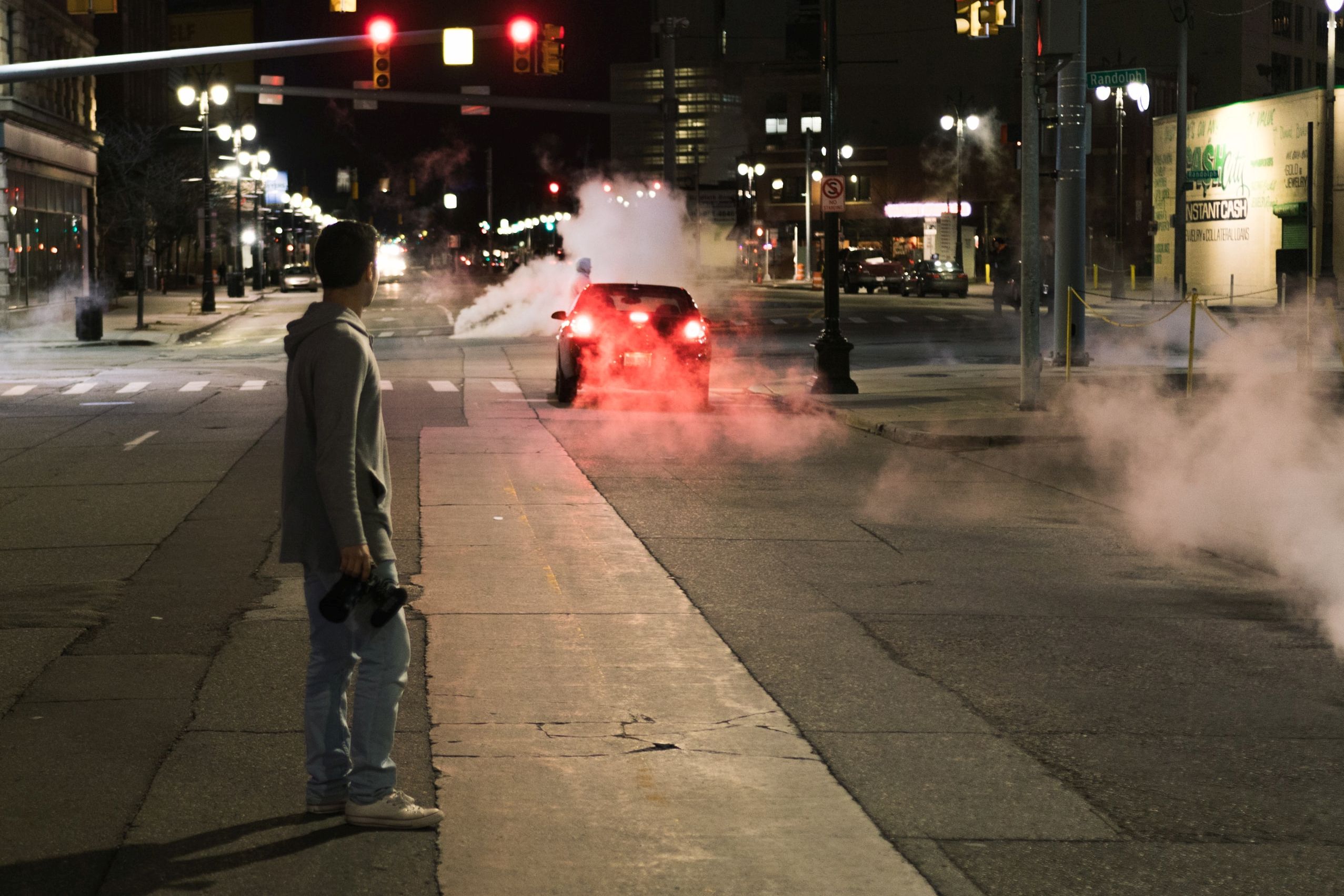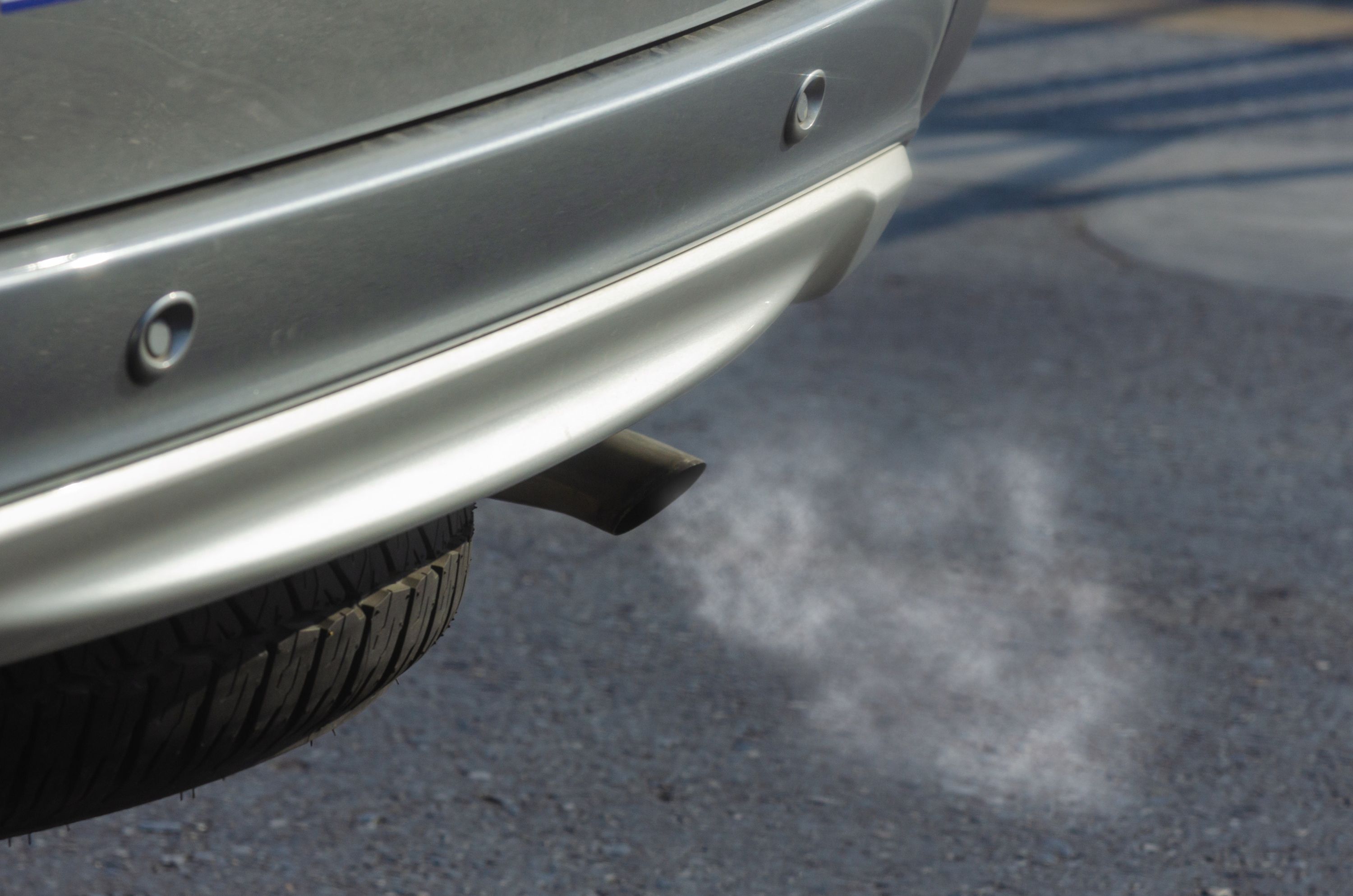
Cars may have revolutionized the way we travel and go about completing our day-to-day errands, but for the longest time, smoke has been a sign that something needs to be attended to. Whether it's white exhaust smoke billowing from the tailpipes, or thick clouds of black, this is your vehicle's way of saying it needs some attention.
When it comes to your car, smoke signals a problem with the engine, and this smoke can be a good indicator of where the problem lies if you pay attention to the color. Let's discuss the different causes of engine smoke, differences between gas and diesel engines, as well as what the various colors could be indicating.
Different Types of Smoke and What They Indicate
If there is smoke coming out of your car's engine, then the problem is likely a serious one that will need to be checked by a professional as soon as possible. If the smoke is coming from the car's exhaust, this is an indication that the car is undergoing some sort of stress, though the problem should still be taken just as seriously. There are various reasons for the colored exhaust smoke clouds you may be seeing, so let's look at the most probably causes for each:
Black Exhaust Smoke
Black exhaust smoke is actually quite common and is usually a sign of carbon being emitted, which can occur for a variety of reasons. Firstly, this could indicate that the engine is burning more fuel than it should be, which also means it's consuming fuel too rapidly. There are a few systems that could be at fault here, and you may notice poorer performance from your car at the same time.
What causes black smoke from the car's exhaust outlet?
- Typically this is due to excess carbon emissions
- Engine could be burning too much fuel
- Faulty fuel injectors can result in the excessive injection of fuel
- Dirty or clogged air filters filling the combustion chamber with dirty air
- A blocked manifold or fault fuel pressure regulator
If the car's air filters are dirty or even clogged, it prevents the combustion chamber from receiving clean air to mix with the fuel. Faulty fuel injectors could also be the cause when supplying too much fuel. Similarly, by giving false pressure readings, faulty sensors can also cause the injection of excess fuel.
This may be a little different if you have a diesel engine. In this case, black or gray smoke could indicate:
- Incorrect fuel grade used
- Clogges air filter
- Leaking oil or an overheating engine
Gray Exhaust Smoke
Gray exhaust smoke can be difficult to discern and even more difficult to pin an exact issue to. It can lean more toward being white, or more toward being blue, so finding a potential cause by looking at the color alone may be difficult.
One possible reason could be a broken transmission modulator, which could cause automatic transmission fluid to leak into the engine combustion chambers and be burned. The fluid's main purpose is to keep the car's mechanical components lubricated; however, if there is a leak, the components could dry up. This may lead to severe damage and an expensive repair bill.
Another potential problem could be a broken or jammed valve in the positive crankcase ventilation (PCV) system, which is meant to pump air and gas through tubes into the combustion chamber and regulate emissions.
Lastly, if you have a turbocharger in your car, another cause could be a faulty or failing turbine causing incomplete combustion.
What causes gray smoke from the car's exhaust?
- A failing turbocharger causing incomplete combustion
- Auto transmission fluid leaking into the combustion chamber
- Broken or jammed PCV system valve building pressure
White Exhaust Smoke
Car engines get very hot pretty quickly, so if there is white smoke coming from your car's exhaust, it could be related to the cooling system, which may be leaking its coolant into the combustion cylinder of the engine. This could certainly be the case if your car is both overheating and smoking, and there is a leak on the gasket. Here are the ways to tell if you have a blown head gasket. Read more about how to fix an overheating car here.
If there is thin white smoke spewing from the tailpipe, it's possibly water vapor that formed within the car's components through condensation. If your car is blowing out thick clouds of white smoke, this could indicate that a cylinder head has broken and/or that your coolant is leaking.
What causes white smoke to emit from the car's exhaust?
- Antifreeze leaking into engine's combustion chamber due to leaky head gasket
- Coolant leaks due to cracked engine block or cylinder head
- Water vapors being expelled from the car components
In diesel trucks and other vehicles with an oil-burner engine, white smoke could also indicate:
- Overheating engine or incorrect timing
- Faulty injection system
- The engine is just too cold
Blue Exhaust Smoke
The most likely reason for blue smoke from the tailpipe is engine oil being burned up. The oil that's meant to be used to lubricate the car's powertrain components could be leaking through the pipes it travels through and into the engine or fuel tank, resulting in blue smoke leaving the exhaust. This could happen when there are worn piston rings or gaskets, especially if there is more blue smoke during acceleration; if you see blue smoke during deceleration, it could mean there is something wrong with the valve guides in the cylinder head. Continuing to use your car with an oil leak could result in you damaging the car's spark plugs.
What causes blue smoke from the car's exhaust?
- Engine is burning its lubricant oil due to an oil leak
- Engine oil is leaking into fuel tank
Conclusion
Looking at the color of the smoke coming from the tailpipe of your car can be a useful way of identifying potential issues. It is always advisable to get an expert opinion, however, should you suspect there are problems with the engine - this is especially true should the smoking get worse, and other issues crop up at the same time. This could include a loss of power, the engine misfiring, or low fluid levels. Remember that fluids like engine coolant and engine oil are vital to keep the motor running smoothly and to prevent overheating.



